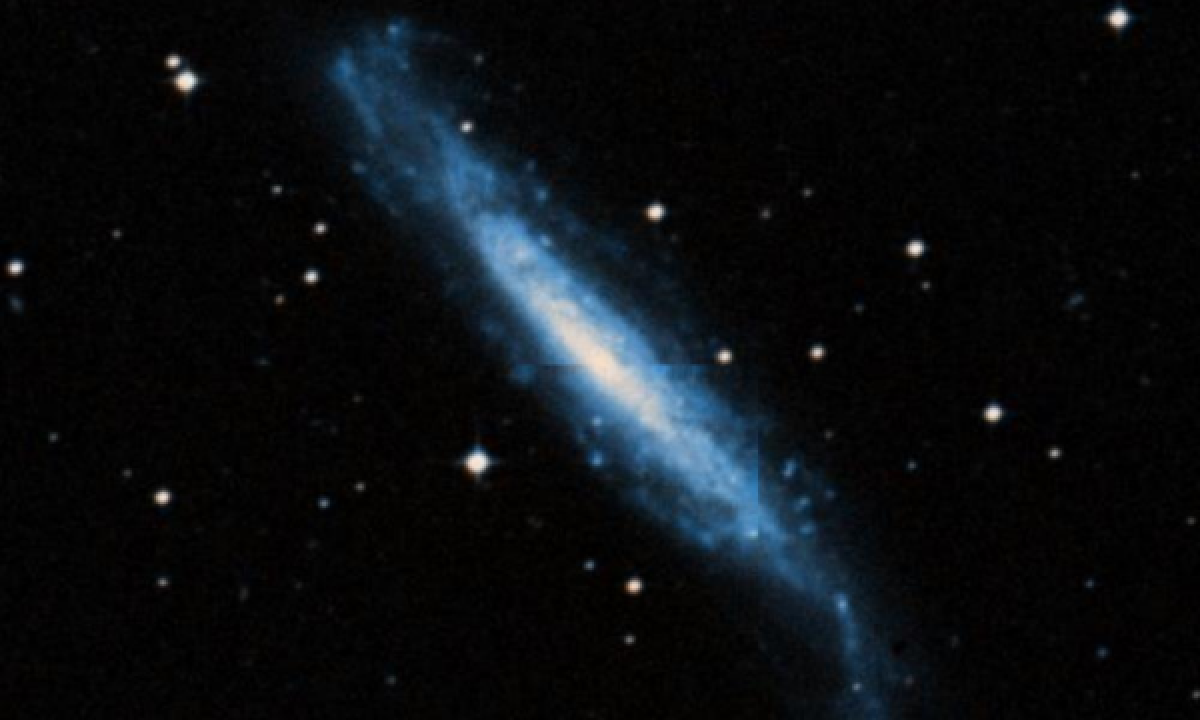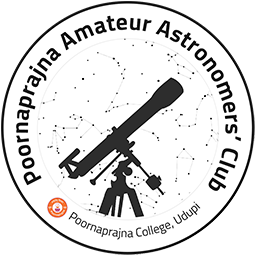The New General Catalogue of Nebulae and Clusters of Stars (abbreviated as NGC) is a catalogue of deep-sky objects compiled by John Louis Emil Dreyer in 1888. The NGC contains 7,840 objects, known as the NGC objects. It is one of the largest comprehensive catalogues, as it includes all types of deep space objects, including galaxies, star clusters, emission nebulae and absorption nebulae.
Know more about NGC
NGC 1448

NGC 1448 is an unbarred spiral galaxy seen nearly edge-on in the constellation Horologium. It is at a distance of 55 million light years from Earth. It was discovered by British astronomer John Herschel on 24 October 1835. Herschel observed the galaxy again on 14 December 1835, resulting in it being listed twice in the New General Catalogue, as NGC 1448 and as NGC 1457. From the spectral analysis of SN 2001el, over a dozen diffuse interstellar bands were discovered in NGC 1448 – one of the few cases that these bands were observed outside of the Milky Way. However, the bands were significantly weaker at SN 2003hn. In January 2017 it was announced that evidence for a supermassive black hole in NGC 1448 had been found in the center of the galaxy. The galaxy belongs to the NGC 1433 group, part of the Doradus cloud of galaxies.
More Images:

Sources:
Wikipedia Page: NGC 1448
NGC 1448 at In-The-Sky website
